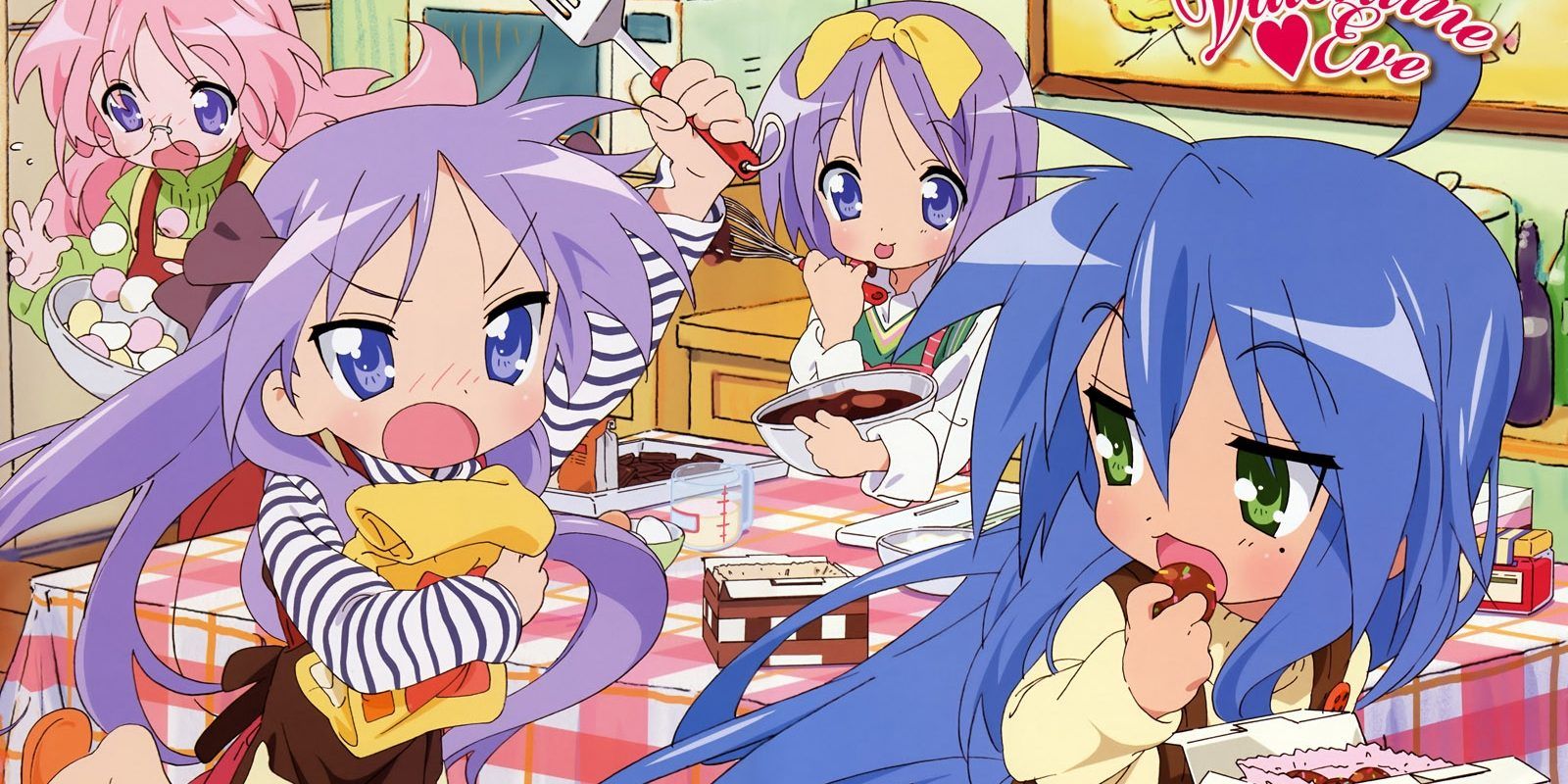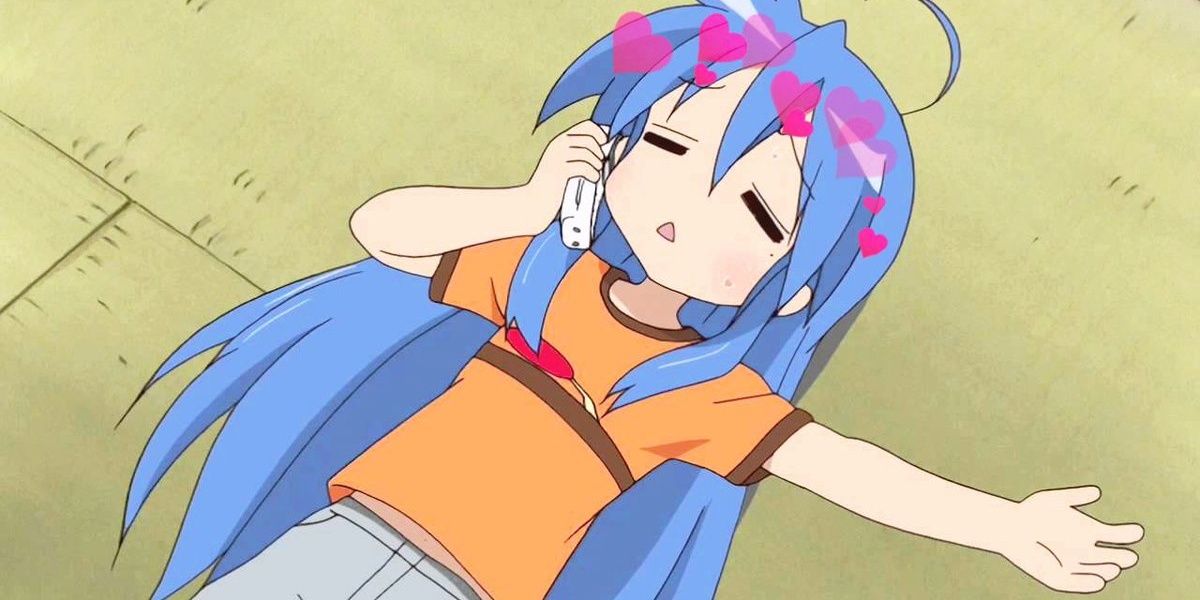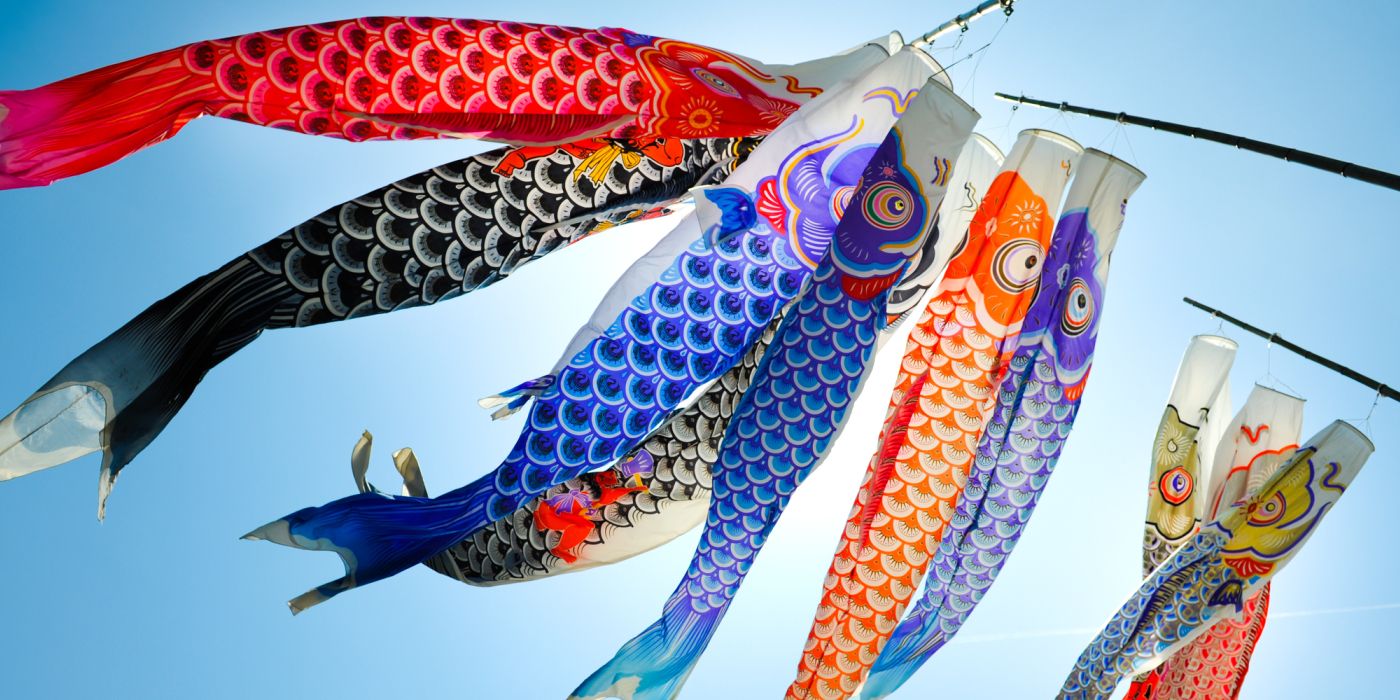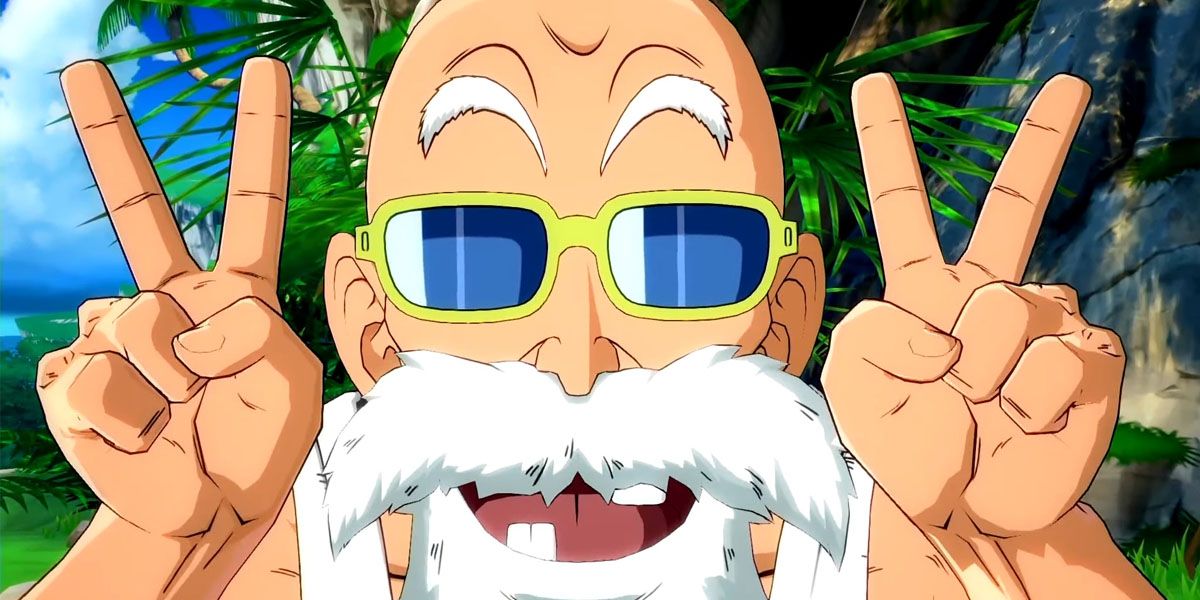
Many hardcore anime fans have most likely heard of the Japanese holiday "Golden Week" before. Series like Lucky Star, Non Non Biyori and Silver Spoon have all made mention of this weeklong vacation, while manga magazines like Shonen Jump go on break for it. But what is Golden Week and why is it given so much attention in anime?
When brought up in anime, characters are usually seen relaxing and hanging out with friends when not doing homework. Lucky Star has Tsukasa and Kagami do their homework -- or at least plan to in the case of Tsukasa -- and Konata spends every single day playing her favorite MMORPG. Sometimes, characters will travel and stay somewhere like a hotel or lake house, like in Fruits Basket. Other times, like in Silver Spoon, clubs get together to do activities.

Golden Week itself is made up of several consecutive holidays. Because it's made up of several smaller holidays, many people use their paid time off to take the whole week off if they don't already get it, as many service employees don't. It's also one of Japan's busiest times for domestic travel. This is because longer holidays are rare, and people like to take advantage of extended time off when they can.
Golden Week begins on April 29th, which is Showa Day, the birthday of the late Emperor Showa, who passed back in 1989. The next holiday is on May 3rd, wherein 1943 Japan's constitution was put into place. This is also the only day of the year where the Japanese Diet Building opens its doors to visitors. May 4th is Greenery Day, similar to Arbor Day, except you get a day off. This is a day to celebrate Emperor Showa's love of nature.

The most traditionally important holiday is Boy's Day, also known as Children's Day. This is on May 5th, and is a day where families travel to their local shrines and pray for the health and success of their sons. This is the time of year where families hang up carp-shaped flags called koinobori, as koi fish are seen as "the most spirited fish," given their strength when swimming upstream. The koi also represents courage and determination, traits that many families desire in their sons. The flags come from a Han Dynasty myth that a koi swam up a waterfall and turned into a dragon. A black koi represents the father, a red or pink one represents the mother and children are represented by different colors depending on their age.
Originally, the day was to celebrate only the son, while the daughters were celebrated on Girls' Day on March 3, however, this was changed to be just Children's Day. Many families still celebrate both of these days as their own separate holidays, while others celebrate them jointly on May 5th. Neither of these is wrong in an official capacity. On Children's Day, kids enjoy sweet treats like mochi wrapped in oak leaves, called kashiwa mochi. Mochi, for the uninitiated, is a chewy, sticky rice cake rolled into a small ball.

While Golden Week is brought up constantly in anime, there's another aspect of it that is rarely brought up: Silver Week. Silver Week takes place in September, though it is rare because the days have to fall consecutively after a weekend, making a five-day holiday. The first holiday is Respect for the Aged Day on the third Monday in September. It's exactly what it sounds like, a day to celebrate the elderly. The next day is the Autumn Equinox, which can occur either on September 22nd or 23rd depending on the year. On this day, families tend to the graves of ancestors, cleaning them and leaving offerings. They also pray at these graves for seven days. This holiday stems from Buddhist traditions. If there is a single day between these two holidays, that day becomes Citizen's Day, creating a five-day holiday. Again, this is a week where people tend to travel.
These extended holidays are rare in Japan. Golden Week, Silver Week, Obon and New Years' are the busiest times in Japan for domestic travel. Considering Silver Week doesn't occur every year, there are really only three times in a year when families can spend time together and take vacations, so these times are important in a society where the people are constantly overworked.
0 Comments